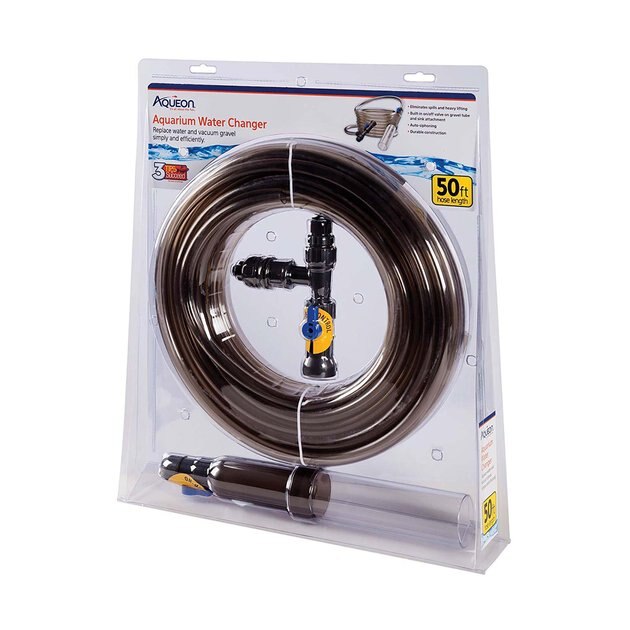Lajos_Detari
Fish Herder
- Joined
- Aug 27, 2017
- Messages
- 1,746
- Reaction score
- 1,422
Actually it's easy. You don't need the siphon to refill your tank with water.
Just buy a long hose that is long enough to connect your tap to your tank where you can fill your tank with water directly.
You will also have to buy a hose tap connector to connect the hose to the tap.
Even if you buy a Python water changer or any other brand water changer, you have to ensure that the hose to tap connector can be used for your tap. If not, I see it will be a waste of money.
Also, make sure that the hose diameter is suitable to connect to the tap.
Just search the internets and youtube and you will get plenty of ideas.
If you are still unsure, show us a photo of your tap and we can guide you from there.
Just buy a long hose that is long enough to connect your tap to your tank where you can fill your tank with water directly.
You will also have to buy a hose tap connector to connect the hose to the tap.
Even if you buy a Python water changer or any other brand water changer, you have to ensure that the hose to tap connector can be used for your tap. If not, I see it will be a waste of money.
Also, make sure that the hose diameter is suitable to connect to the tap.
Just search the internets and youtube and you will get plenty of ideas.
If you are still unsure, show us a photo of your tap and we can guide you from there.
Last edited:


